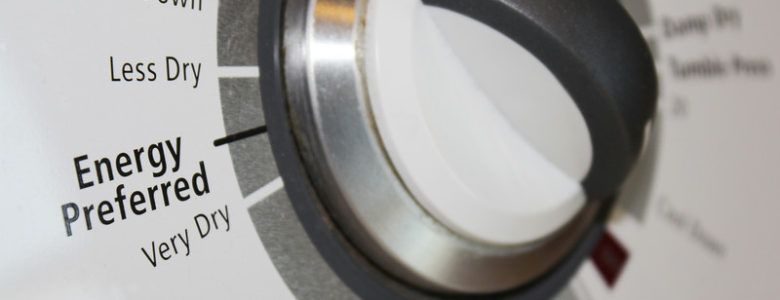We want to trust our appliances. We want the refrigerator to keep food cold to ensure that it doesn’t spoil. We want the dishwasher to remove every speck of stuck-on grime from our pots and pans. We want the dryer to dry our clothes without shrinking them.
What we don’t want is to have to worry about a fire caused by an appliance. Unfortunately, this is exactly what can happen when you fail to properly inspect, clean, and maintain your appliances, especially the dryer, which produces a lot of heat.
If you want to keep your home and your family safe and prevent a dryer fire, you not only need to keep the lint trap clean, but you need to undertake regular maintenance. Just as you rely on your HVAC services to let you know when you need residential air duct cleaning, you can find a professional to keep your dryer and vents clean and safe if you don’t want to do it yourself.
However, the onus is on you to make sure regular maintenance occurs. Here are just a few things you need to know when it comes to preventing a dryer vent fire and keeping your home safe.
What Causes Dryer Fires?
A dryer fire could start for any number of reasons, such as a machine malfunction or faulty wiring. The most common cause of dryer fires is excess lint that builds up in the vent, clogs the air flow, and overheats until it ignites. Of course, the real cause of fire in this scenario is a failure to properly maintain equipment. The good news is that you have the power to prevent such occurrences.
Clean the Lint Trap Frequently
You don’t necessarily have to undertake dryer vent cleaning on your own. In fact, you probably shouldn’t since you risk compacting lint in the vent and making matters worse. However, you can clean your lint trap every time you use the dryer to keep excess lint from blowing into the vent, where it can stick and cause clogs.
Use the Right Vent
Proper venting material for your dryer should be metal, although it can be either rigid or flexible. The professional who installs your dryer should provide new venting as part of the package and install it to code in order to reduce the possibility of fire.
Use the Dryer Appropriately
Before you use your dryer you should read and understand the manufacturer information provided, including warnings and safety instructions. It’s important to understand what the heat settings mean before you just turn the dial and hit the “on” button.
You also need to know about dryer loads, including not only which textiles should be dried at high or low temperature settings, but also how big of a load your machine can reasonably handle. Manufacturers spend time and money creating user guides to reduce liability and ensure the safety of their customers, so don’t discount the instructions provided when it comes to operating your dryer.
Schedule Annual Maintenance
This is perhaps the most essential element of dryer vent fire prevention. Hiring a company for trash chute cleaning may be a matter of convenience, but finding a qualified vendor to perform an annual inspection, cleaning, and maintenance on your dryer is a must.
This technician has the knowledge, experience, and tools to ensure that your dryer is running efficiently and your vents are clean and clear of any blockages that could constitute a potential hazard. If you want to prevent a fire, there’s no better way than through regular maintenance.
In truth, performing maintenance annually is merely a guideline. When you have a technician out for the first inspection, simply discuss usage of your dryer to determine how often service is needed. A family of four that creates multiple loads of laundry each day is likely to need more frequent service than, say, a bachelor that only does one loads a week.
Don’t Leave the Dryer Unattended
Okay, so you don’t have to sit by your dryer and watch it every second it’s running. However, if you want to ensure the greatest safety, don’t leave it running when you’re asleep or you’re not home. When you’re present and alert you’ll likely notice a burning smell or even smoke early enough to turn off your dryer, use a fire extinguisher if needed, and prevent serious damage.




.jpeg)
